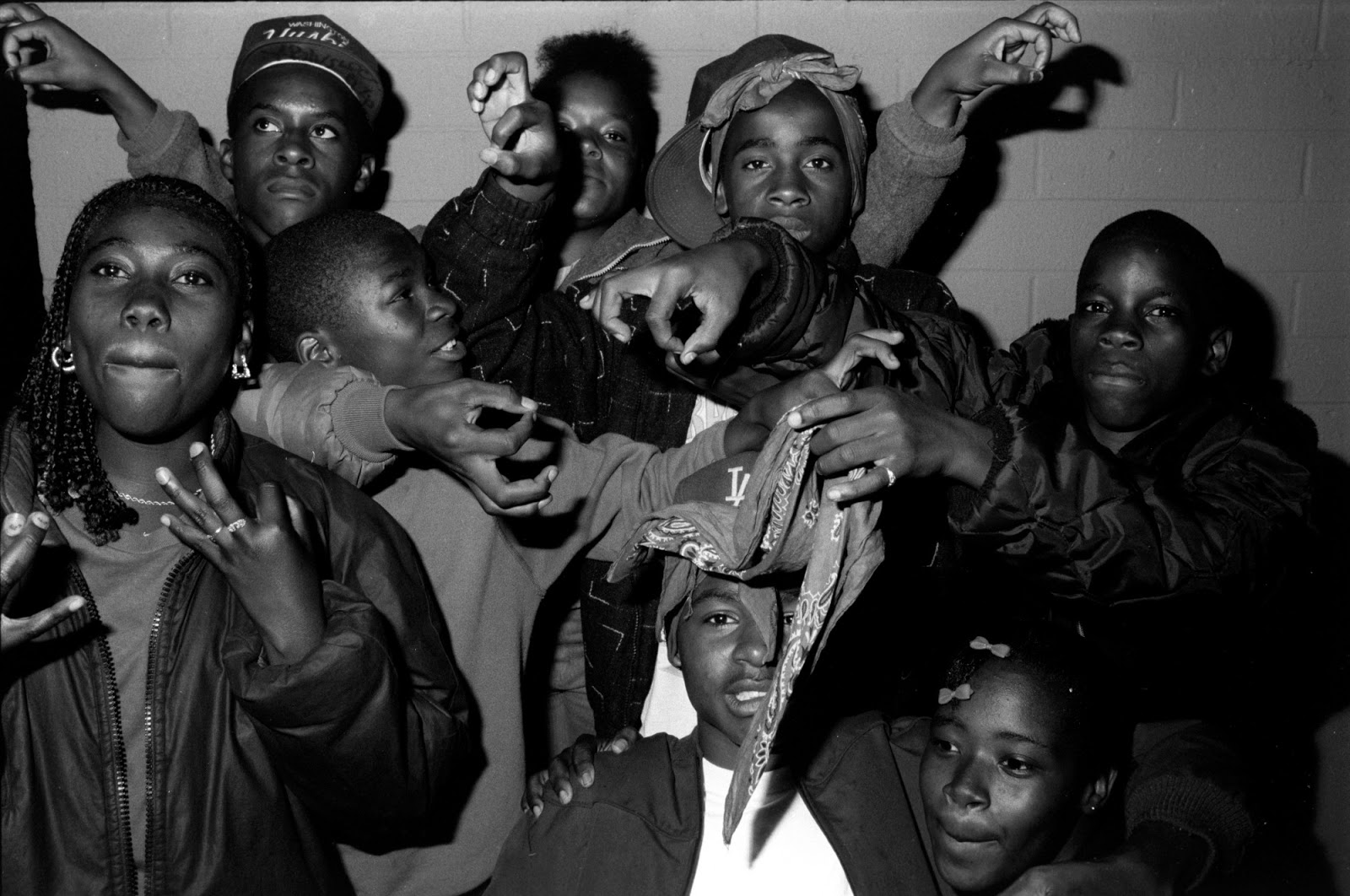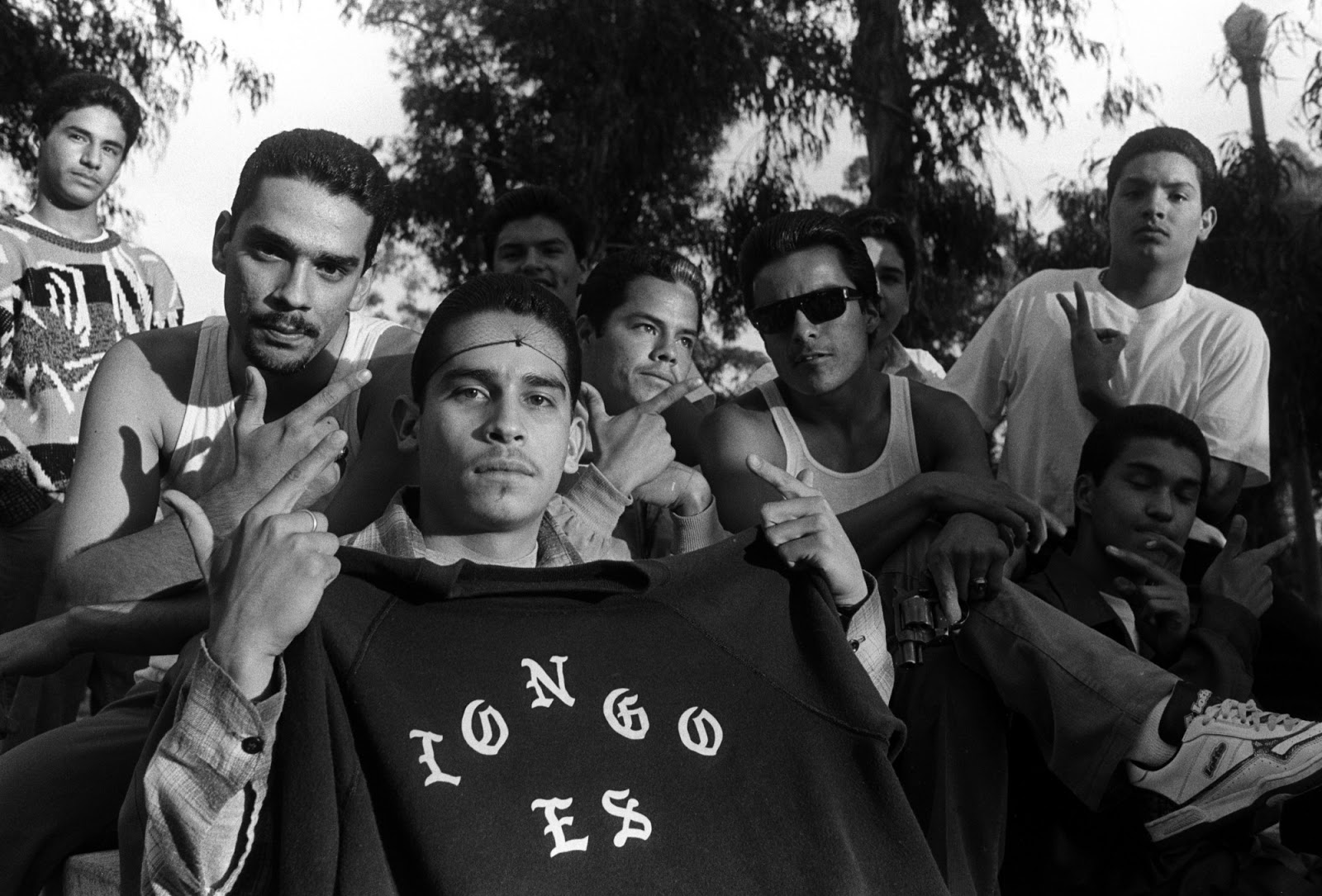The Impact And Influence Of Gangs In L.A.
Gangs in L.A. have been a significant part of the city’s history and culture, shaping the lives of countless individuals and communities. The presence of gangs dates back several decades, deeply entwined with socio-economic factors and cultural dynamics. This article will delve into the multifaceted world of gangs in Los Angeles, exploring their origins, impact on society, and the ongoing challenges they pose.
The landscape of gang culture in Los Angeles is as diverse as the city itself. From the infamous Bloods and Crips to newer factions, the evolution of these groups reflects broader societal issues. In this article, we will discuss the history of gang formation, the reasons behind gang involvement, and the efforts made to combat gang violence and promote rehabilitation.
Understanding gangs in L.A. requires a comprehensive approach, examining not just the gangs themselves but also the communities within which they operate. This exploration will provide insight into the social, economic, and political factors influencing gang activity and the lives of those affected by it.
Table of Contents
- 1. History of Gangs in Los Angeles
- 2. Types of Gangs in L.A.
- 3. Causes of Gang Involvement
- 4. The Impact of Gangs on Communities
- 5. Gang Violence and Crime Rates
- 6. Prevention and Intervention Strategies
- 7. Rehabilitation Programs for Gang Members
- 8. Conclusion
1. History of Gangs in Los Angeles
Gangs in Los Angeles have a rich and complex history that can be traced back to the early 20th century. Initially, gangs were formed as street clubs or social groups for young men, often based on ethnicity. The post-World War II era saw a significant rise in gang activity, with the emergence of groups like the Bloods and Crips in the late 1960s.
The Rise of the Bloods and Crips
The Bloods and Crips, two of the most notorious gangs, originated in South Los Angeles. The Crips were formed in 1969, initially as a protective group for young African Americans. However, as their power grew, so did their involvement in criminal activities. In response, the Bloods emerged in the early 1970s, leading to a violent rivalry that has persisted for decades.
2. Types of Gangs in L.A.
Los Angeles is home to various types of gangs, each with its own identity, culture, and territory. These can be broadly categorized into the following types:
- Street Gangs: Often neighborhood-based, these gangs are involved in various criminal activities, including drug trafficking and violence.
- Prison Gangs: These gangs operate within the prison system and often have connections to street gangs.
- Motorcycle Gangs: While not as prevalent as other types, motorcycle gangs can also be found in L.A., often involved in organized crime.
- Hybrid Gangs: These are newer gangs that may include members from different ethnic backgrounds and often engage in a mix of criminal activities.
3. Causes of Gang Involvement
Understanding the reasons why individuals join gangs is crucial for addressing the issue effectively. Some common causes include:
- Poverty: Many young people from low-income neighborhoods feel they have limited opportunities, leading them to seek belonging and financial support through gangs.
- Lack of Education: Poor educational systems and high dropout rates contribute to gang involvement as individuals may feel they have no other options.
- Family Dynamics: Dysfunctional family environments can push individuals towards gangs, where they find a sense of family and acceptance.
- Peer Pressure: The desire to fit in with peers can lead young people to join gangs, especially if gang culture is prevalent in their communities.
4. The Impact of Gangs on Communities
The presence of gangs significantly impacts the communities they inhabit. Some of the effects include:
- Increased Crime Rates: Gang activity is often associated with higher levels of violence and crime, affecting the safety of residents.
- Economic Decline: Areas with high gang activity may experience disinvestment, leading to economic decline and a lack of resources for residents.
- Social Fragmentation: Gangs can create divisions within communities, leading to mistrust among residents and hindering community development.
5. Gang Violence and Crime Rates
Gang violence is a significant concern in Los Angeles, with the city experiencing some of the highest rates of gang-related crime in the United States. According to the Los Angeles Police Department (LAPD), gang-related incidents account for a substantial percentage of violent crimes in the city.
Statistics on Gang Violence
Recent statistics reveal alarming trends:
- In 2022, gang-related homicides made up approximately 40% of all homicides in Los Angeles.
- The LAPD reported over 1,200 gang-related shootings in a single year, showcasing the prevalence of gun violence associated with gangs.
6. Prevention and Intervention Strategies
To combat the issue of gangs in Los Angeles, various prevention and intervention strategies have been implemented. These efforts aim to address the root causes of gang involvement and provide support to at-risk youth.
Community-Based Programs
Programs focused on community engagement and empowerment have proven effective. Initiatives that provide mentorship, education, and job training can help steer young people away from gangs.
7. Rehabilitation Programs for Gang Members
For individuals already involved in gangs, rehabilitation programs offer a pathway to a better life. These programs often include:
- Counseling Services: Providing mental health support to address underlying issues.
- Job Training: Equipping individuals with skills necessary for employment.
- Education Programs: Offering opportunities for educational advancement, including GED programs.
8. Conclusion
Gangs in L.A. continue to be a complex issue that affects countless lives. Understanding the history, types, and impact of gangs is essential for developing effective strategies to combat gang violence and support affected communities. By addressing the root causes and providing support for prevention and rehabilitation, we can work towards a safer and more equitable society.
We encourage readers to engage in conversations about gang culture, share their thoughts in the comments, and explore further resources to understand this critical issue better.
Thank you for taking the time to read this article on gangs in L.A. We hope you found it informative and insightful. We invite you to return for more articles and discussions on related topics.
Article Recommendations
- Common Difference Math Definition
- Tmc Blueberry
- Unabated
- Keri Russell And Kurt Russell Related
- Banking Associate
- Michael Kitchen
- Liquidproxy
- Bobby Charlton
- Craig Smith
- Cassie Ventura Parents Nationality


